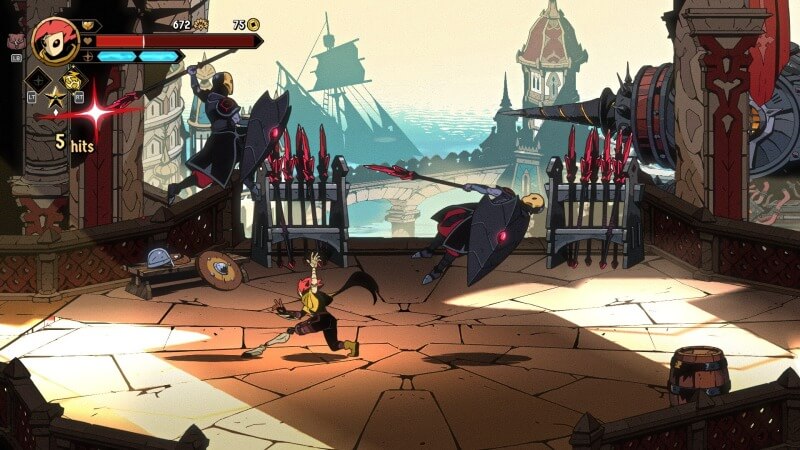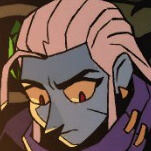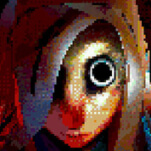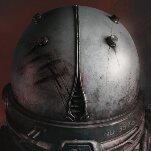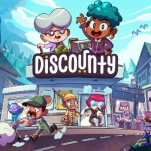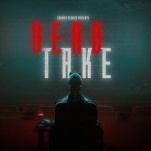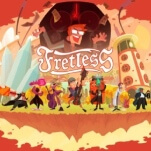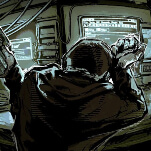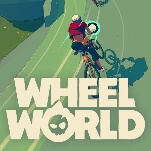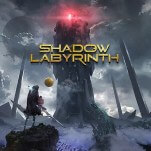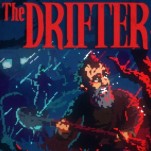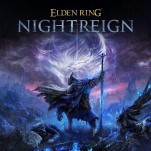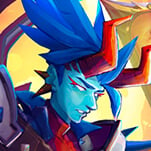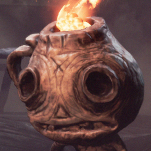Absolum Is A Dark Fantasy Beat ‘Em Up With Best-In-Class Fisticuffs
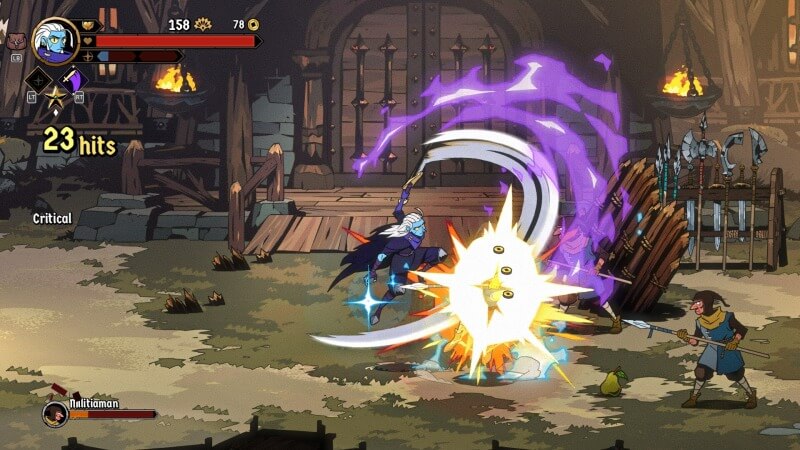
Over the last few years, Dotemu has more than proven itself as a torchbearer of the beat ‘em up scene: they co-developed Streets of Rage 4, published Teenage Mutant Ninja Turtles: Shredder’s Revenge, and are also backing the upcoming Marvel Cosmic Invasion (which seems quite cool). And now, from the same team that worked on Streets of Rage 4, we have Absolum, a big, bold attempt at reinventing the genre through a roguelike lens. While it doesn’t make this leap to a run-based format without quite a few stumbles, the bright side is that its core beat ‘em up loop is just about as good as it gets.
Borrowing even more explicitly from fighting games than many of its peers, here you’re given the tools to carry out extended combos, as you bounce your foes from coast to coast: you’ll be dreaming of airdashing dwarves and a magic frog who literally just has Urien’s Aegis Reflector, as these many tools, some of which you unlock over the course of a run, let you come up with increasingly creative ways to juggle your foes: I cannot oversell how fun it is to punch guys in this video game.
However, if it wasn’t clear from the fact that the game is getting an animated show, hacking and slashing footsoldiers of an authoritarian regime isn’t Absolum’s only ambition. Set in the land of Talamh, you play as some of the last remaining wizards in a world where magic has been outlawed. The Sun King Azra and his oppressive Crimson Order rule this land with an iron fist, preying on fear in the wake of a cataclysm caused by hubristic magic-wielders. Events begin with a cold open as the elf Galandra (who wields a very big sword) and the dwarf Karl (who has a gun) break their “Root Mother” Uchawi out of imprisonment in a heist, allowing the pair to repeatedly return from death thanks to her powerful magic.
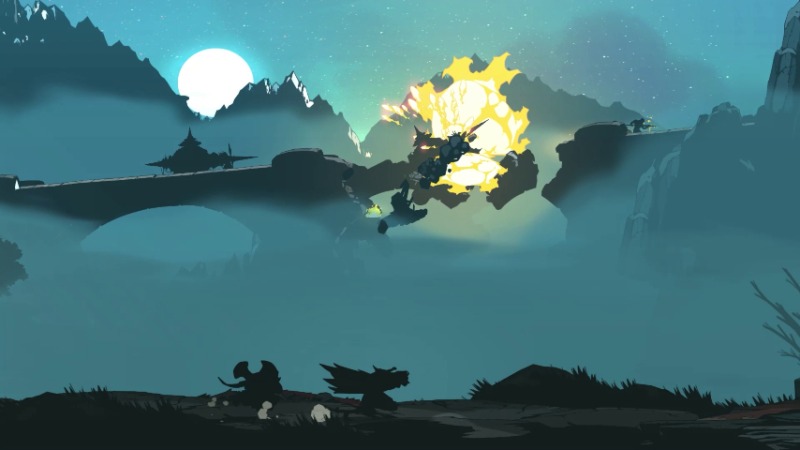
Just like its opening, there’s very much an in media res feel to the plot, with the player dropped into the middle of a complicated war. While the storytelling can be a bit too terse (and I say this as a big FromSoftware fan), leaving far too much unsaid as you glean clues from the environment and one-off lines of dialogue, the visuals and broad framing do a lot of heavy lifting to place us in this world—specifically, this is a game about beating the shit out of authoritarian dirtbags, and it makes it quite enjoyable to do so.
Supamonks’ thick line art, vibrant use of color, and a general hum of digital noise combine to make the game look like a forgotten dark fantasy cartoon that aired on crackling CRTs. This is to say, while I wish there was a bit more direct storytelling going on (maybe they’re saving that for the animated show), the visual style has enough personality to distinguish the game from its high fantasy peers, with heavy shadows and color contrasts that make it look more like a long-lost sibling to Imaishi’s Dead Leaves or Redline than anything this side of Tolkien.
As for how your journey through this space is structured, as previously mentioned, Absolum is a roguelike. Over the course of a run, you pick up various Rituals that add elemental infusions and more to your abilities. Additionally, you’ll find and buy trinkets that carry passive upgrades, and even unlock entirely new moves that can dramatically change how your character plays; as alluded to, Karl the dwarf can go from a ground-based bruiser to an airbound fiend. As you repeatedly fight and die, you’ll unlock a currency that can be spent to get permanent upgrades. The goal of each run is the same: battle your way through Talamh so you can confront the Sun King Azra and stop him for good.
To do that, you’ll need to beat up a whole bunch of guys, which happens to be this game’s specialty. While on the surface, Absolum doesn’t seem too different than other games in this style, it stands out when it comes to the details, with tons of little nuances to master. Perhaps most importantly, your strikes have a real sense of weight: it never got old to swing Galandra’s Guts Berserk Sword down on enemies, this several-ton slab of steel bouncing foes into the air for a follow-up attack.
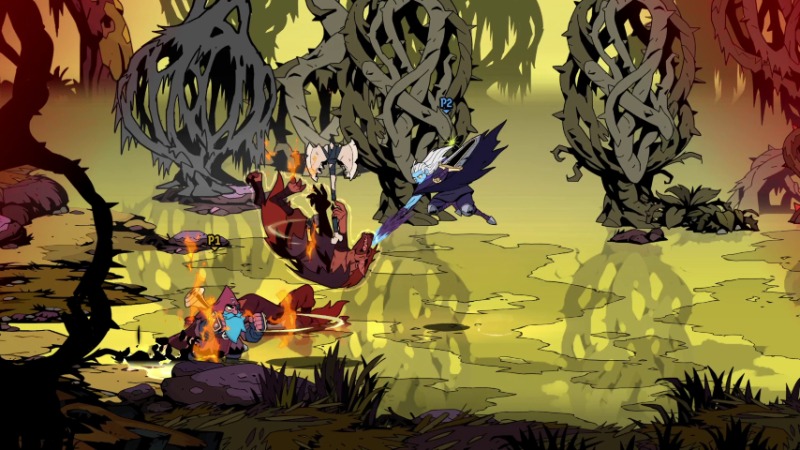
-

-

-

-

-

-

-

-

-

-

-

-

-

-

-

-

-

-

-

-

-

-

-

-

-

-

-

-

-

-

-

-

-

-

-

-

-

-

-

-

